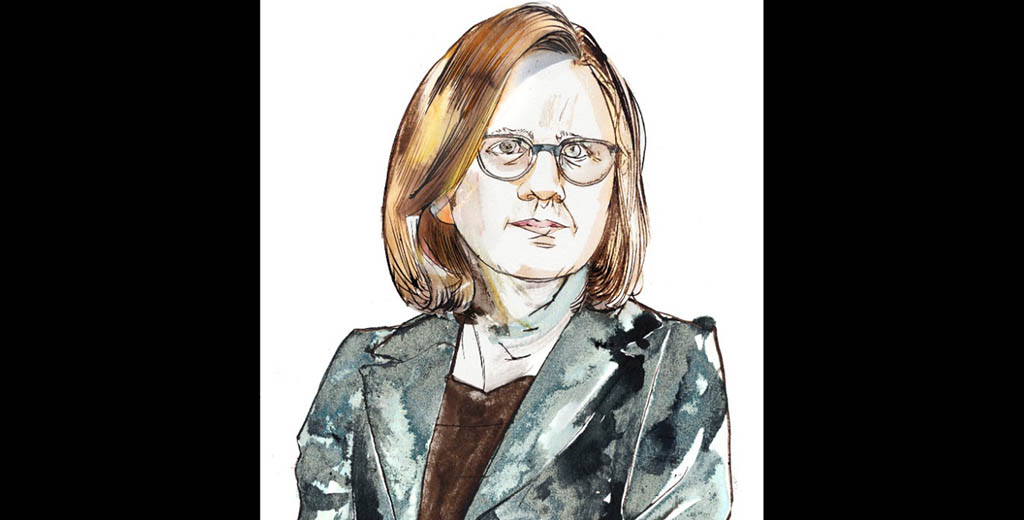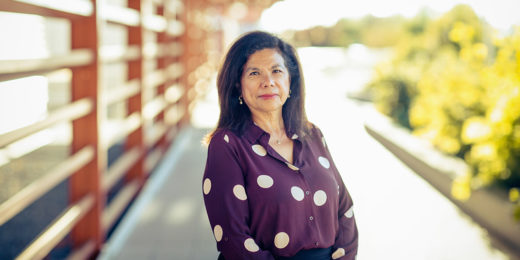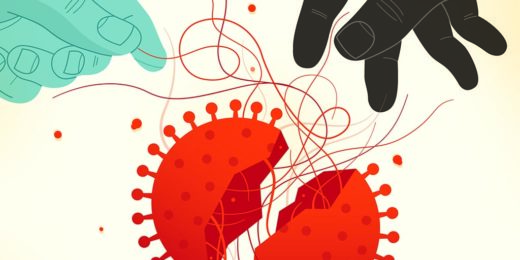When I spoke to Santa Clara County Public Health Director Sara Cody, MD, last summer for a Stanford Medicine magazine Q&A on the California county's response to the coronavirus pandemic, she was dejected by a spike in the number of COVID-19 cases. She told me that June was ... "an incredibly depressing month ... I had my heart set on full containment."
That was not to happen. After having an early surge under control, cases began to rise again in June, and they didn't level off until September. As of Nov. 2, the county had recorded more than 25,000 cases and more than 400 deaths.
While local numbers are relatively low, the number of new cases reported across the country is shattering daily records -- just when the nation is bracing for a tough fall and winter indoors. Nearly 100,000 new cases were reported in the United States on Oct. 31, the highest daily number of cases reported since the pandemic began. In all, as of Nov. 2, more than 9.2 million people in the United States had contracted COVID-19 and more than 231,000 had died.
In our conversation, Cody talked about the heartbreaking nature of the pandemic's trajectory, lessons learned and how she gets through the day. What follows are edited portions of the Q&A.
COVID-19 cases began to surge in June despite the county taking aggressive measures to slow its spread. What happened?
The rest of the world happened. We're not an island. We're not New Zealand. We're not Taiwan. We are part of a big ecosystem. The rest of the ecosystem was not playing the same, not working from the same playbook.
Where are the new cases coming from? Do you know?
I am not sure that I can tell you what's driving this increase, because it's not clear to me yet. The truth is that I'm not really sure, because things took off, starting in mid-June and really started to accelerate the last week in June.
We saw that pattern here, and a similar pattern in San Francisco, Contra Costa, Alameda, all around the Bay Area. Something happened. It could have been fatigue with shelter-in-place, coupled with maybe a little bit of acceleration from Memorial Day weekend gatherings or graduation gatherings. We've didn't have indoor dining, indoor bars, religious ceremonies or things like that. That's not what's driving the epidemic here. The honest truth is we don't quite know.
Nursing homes and assisted living facilities have been hit hard in Santa Clara County and around the country. Why is that?
The really critical thing to remember is that we have to be constantly vigilant, because long-term care facilities and nursing facilities are so vulnerable. If a staff member -- or anyone working and caring for patients there -- comes in infected and doesn't know it, the infection can spread to the residents. We see much higher rates of hospitalizations and death there than in any other settings.
We hear that contact tracing is both challenging and expensive. What's your experience with it?
Our experience has been mixed. We really had our hearts set on rapidly scaling contact tracing, hoping to identify chains of transmission and really stop them in their tracks by ensuring that contacts quarantined before they became unknowingly infectious.
The part that's gone well is we have been able to scale the number of staff of contact tracers. We had a plan and built a huge team.
The challenge is that old-fashioned, shoe-leather epidemiology is very high touch, where we're in the community. We have staff from communities working to help people understand what's going on and how to safely isolate or quarantine.
After we get through this, what do you want Americans to know and remember about the nation's public health system?
This has been an extraordinarily humbling and challenging event. We have this system that sometimes feels like it's made of matchsticks and scotch tape. We're trying to put this enormous, heavy burden on this pretty underdeveloped infrastructure. Not surprisingly, it breaks.
We have not invested in public health preparedness or public health infrastructure at all. That's at every level -- federal, state and local. How many public health physicians, public health nurses, community workers and epidemiologists are there in the country? Not that many as it turns out. Not nearly enough.
You're a self-described introvert. What's it like to have this significant public presence where everything you do is being watched, welcomed, criticized?
It is uncomfortable. (laughs) Press conferences, television. I just dig deep, find another part of myself and get a lot of support from my colleagues. Everybody has a pretty good sense of humor. That helps a lot. Left to my own devices, I would be very happy sitting alone in a comfortable chair with a good book.
Image by Riccardo Vecchio
Read more from Stanford Medicine magazine's special report on COVID-19 here.






